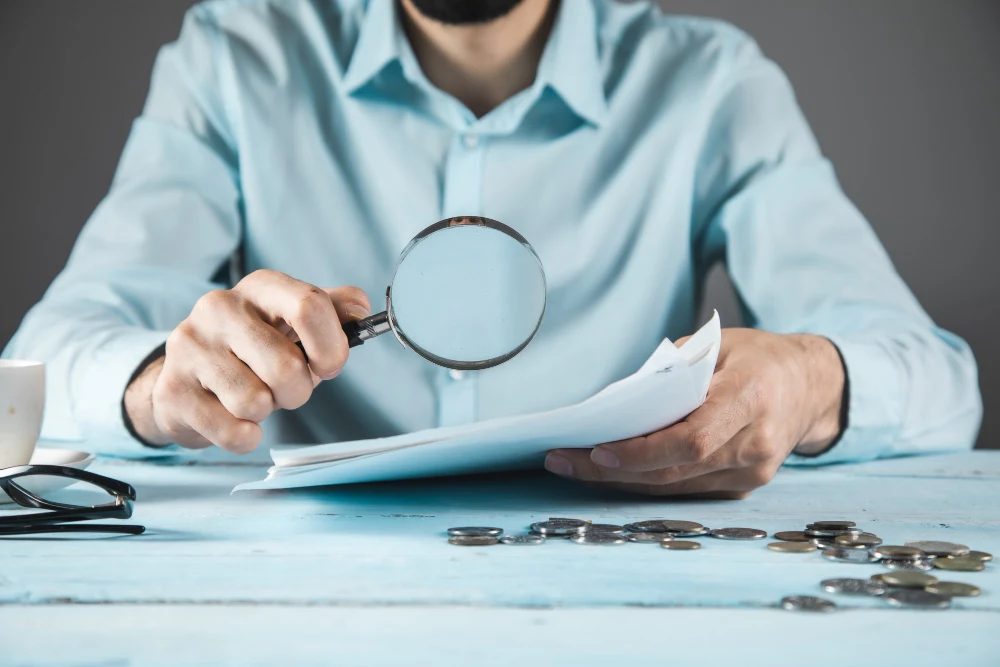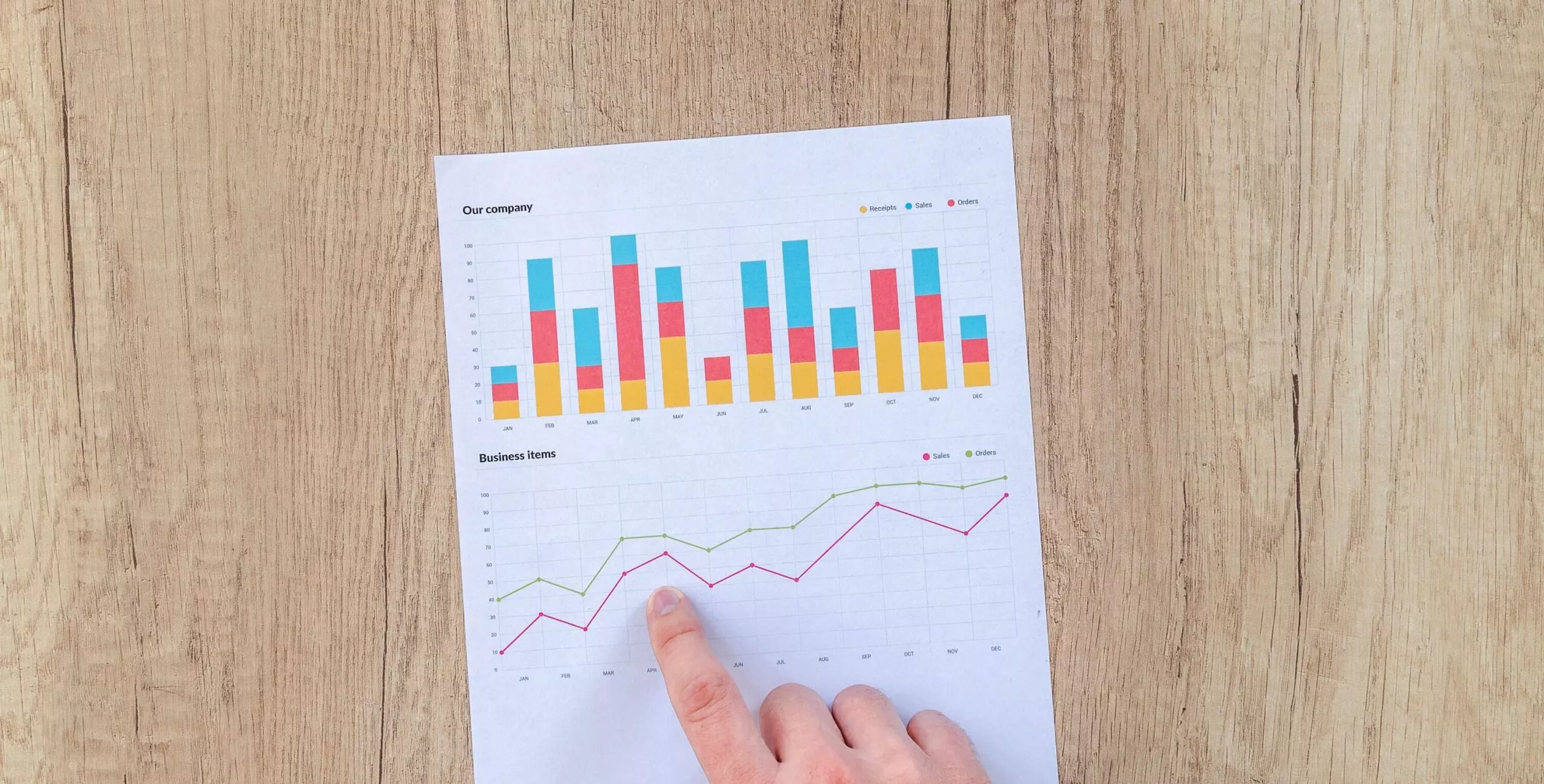Managing assets can get messy if there’s no proper system in place. Things go missing, records don’t match, and it becomes harder to track what’s actually available. Whether it’s office equipment, machinery, or any other valuable resource, keeping everything organized is important. That’s where an asset audit comes in. It helps sort things out, making sure all assets are accounted for and their condition is properly recorded. In this blog, we will take a closer look at what an asset audit is and how it works. Without waiting further, let’s get started.
What is an Asset Audit?
An asset audit is a process where a company checks and verifies all the assets it owns. This involves physically counting each asset and confirming its location, condition, and details. Businesses usually keep track of assets using a management system, and this audit helps ensure that the records match what is actually there.
There are 2 types of asset audits. In an internal audit, trained employees carry out the process within the company. In an external audit, a third-party organization is brought in to locate, count, and verify the company’s assets. We’ll take a closer look at this, in the next sections.
The main reason for conducting an asset audit is to ensure that the asset records are accurate. Businesses rely on these records for financial reports, tax filings, and balance sheets. If investors or government regulators review these documents, the asset information must be complete and correct. A thorough audit helps maintain transparency and prevents errors that could lead to financial or legal issues.
Objectives of Asset Auditing
-
Keeping Asset Records Accurate
For a business to function smoothly, asset records must be correct. An audit checks whether the assets listed in company records actually exist and are in the condition stated. This prevents errors, missing entries, or outdated information. When records are accurate, financial reports become more reliable, making it easier to plan budgets and investments.
-
Checking Asset Value and Depreciation
Over time, assets lose value due to use, aging, or market changes. An audit helps track how much value an asset has lost and whether depreciation is recorded correctly. This ensures that financial statements show the real worth of assets instead of outdated or inflated figures. Businesses can use this information to decide when to repair, replace, or sell assets.
-
Preventing Loss and Managing Risks
Audits help businesses spot issues like missing assets, misuse, or theft. By regularly checking assets, companies can identify risks early and take action to prevent financial losses. This also strengthens internal controls, ensuring everything is accounted for and reducing the chances of fraud or mismanagement.
Types of Asset Audits
As discussed earlier, there are two main types of asset audits, each serving a different purpose.
-
Internal Asset Audits
These audits are carried out by the company’s own employees or trusted staff. The main goal is to check whether assets are being managed properly and if there are any gaps in the system. Internal audits help businesses:
- Review how well resources are being used.
- Identify areas where processes can be improved.
- Develop strategies to manage assets more efficiently.
- Reduce risks and ensure compliance with company policies.
Since internal audits are done within the company, they offer more flexibility. Businesses can conduct them as often as needed, allowing for regular checks and improvements.
-
External Asset Audits
Unlike internal audits, external audits are conducted by independent firms or government agencies. These audits focus on verifying financial records and ensuring the company follows legal requirements. External audits help businesses:
- Provide accurate financial reports for stakeholders.
- Meet legal and regulatory requirements.
- Gain an unbiased review of their asset management practices.
- Build trust with investors, board members, and regulatory bodies.
Because external audits are conducted by independent entities, they provide a neutral perspective and confirm that financial reporting is accurate and transparent.
Internal vs. External Audits: What’s the Difference?
Both internal and external audits focus on managing assets properly, but they differ in certain ways:
- Control and Flexibility: Internal audits are done as often as needed and focus on improving internal processes. External audits follow a set schedule and are often required by law.
- Perspective: Internal audits are done by company employees who understand the business well. External audits bring in an independent viewpoint, making them more objective.
- Purpose: Internal audits aim to improve efficiency and reduce risks within the company. External audits confirm that financial records are correct and meet regulatory standards.
How the Asset Audit Process Works?
The asset audit process starts with collecting a list of all assets owned by the organization. Once the list is ready, each asset is physically checked to confirm that it exists and matches the records. This step helps in identifying any missing, misplaced, or unrecorded assets.
Apart from confirming the presence of assets, the audit also provides a clearer picture of their actual value. It takes into account factors like current condition, remaining lifespan, and overall usefulness in the long run. Checking fixed assets regularly is important to ensure that depreciation calculations align with financial records and management goals.
If done manually, this process can take a lot of time, especially in large organizations. However, asset management software can simplify this by keeping track of assets in real time. It helps in organizing records, reducing errors, and making audits faster and easier. Instead of going through piles of paperwork, using software ensures the audit is smooth and hassle-free.
How to Perform an Asset Audit? Step by Step Process
Follow these steps to carry out a thorough asset audit.
-
Preparation and Planning
Before starting the audit, take time to plan everything properly. A rushed audit can lead to mistakes, missing records, and incomplete reports. Here’s how to prepare:
- Set a date for the audit and inform all relevant teams.
- Assign responsibilities to team members so everyone knows their role.
- Identify data sources and create an audit checklist to ensure nothing is overlooked.
- Check for any new regulations that might affect asset management.
- Ensure you have enough resources, such as staff, time, and access to necessary records.
- Decide on the tool or software that will be used for recording and reporting audit findings.
Keeping asset records updated throughout the year makes this process much easier and prevents last-minute confusion.
-
List All Physical Assets
Start by identifying and listing all the physical assets owned by the business. This includes buildings, equipment, vehicles, machinery, furniture, and anything else that holds value.
- Walk through the workspace and note down every asset.
- Cross-check with existing records to see if anything is missing.
- Assign unique identification numbers or barcodes to assets for better tracking.
- Verify the condition of each item and note any damage or signs of wear.
A complete and accurate list ensures nothing is left out and makes future audits smoother.
-
Determine the Value of Fixed Assets
The value of assets changes over time, so checking their current worth is an important step. This helps in financial planning, depreciation calculation, and overall business valuation.
There are different ways to calculate asset value:
- Cost Method – The value is based on the original purchase price.
- Market Value Method – The value is determined by its current market price.
- Value-Based Method – The value is calculated by subtracting accumulated depreciation from the original cost.
Your accounting team can help determine which method works best for different types of assets. Keeping an updated valuation helps in budgeting, insurance, and tax purposes.
-
Update the Asset Register
Once assets are listed and valued, update the asset register with the latest information. This document serves as a central record of all company assets. Make sure to include:
- Asset name and description
- Purchase date and cost
- Current location
- Current condition
- Updated value
- Maintenance history
- Depreciation details
An up-to-date asset register ensures better tracking and prevents asset loss or mismanagement.
-
Reporting and Analysis
After completing the audit, compile all findings into a detailed report. This report should highlight:
- The total number of assets and their current value
- Any discrepancies between records and actual assets
- Assets that need repair, replacement, or disposal
- Depreciation trends and financial impact
Share the report with decision-makers to plan future asset purchases, maintenance schedules, and budgeting strategies. Regular audits not only prevent losses but also improve overall efficiency and planning.
Benefits of Asset Audit
-
Keeping Track of Depreciation
Over time, assets lose value, which is known as depreciation. Every fixed asset has its own depreciation rate, and tracking this properly helps distribute costs over its useful life. Businesses usually calculate depreciation using 2 methods: the written-down value method and the straight-line method. Regular asset audits ensure depreciation is recorded accurately, preventing errors in financial reports and helping with tax calculations.
-
Following Rules and Regulations
Businesses must follow government and industry guidelines when managing assets. Regular audits help check if everything is in line with these regulations. If any equipment or process does not meet the required standards, businesses can address the issue before it leads to fines or legal trouble. Staying compliant also builds trust with stakeholders and keeps operations running smoothly.
-
Removing Ghost Assets
Sometimes, assets that are lost, stolen, or no longer in use still appear in financial records. These are called ghost assets. Regular audits help identify and remove these assets, ensuring financial statements reflect the actual assets a business owns. This also prevents unnecessary maintenance costs for assets that no longer exist and helps in better planning for new purchases.
-
Reducing Risks and Improving Asset Management
Asset audits help businesses spot missing, stolen, or underperforming assets early. This reduces risks and allows businesses to make timely decisions to fix any issues. Audits also give a clearer picture of how assets are being used, making it easier to improve internal processes.
By reviewing assets regularly, businesses can track inventory more accurately, stay updated on stock levels, and plan for future needs based on demand. This helps avoid overstocking or running out of essential items, making operations more efficient.
Make Asset Auditing Easier with a CMMS
A CMMS, or Computerized Maintenance Management System, helps organize asset audits by keeping all maintenance records, work orders, and compliance documents in one place. Everything is stored digitally, so there is no need to sort through piles of paperwork or track down missing information.
With CMMS Software, routine tasks like scheduling maintenance and tracking work orders happen automatically. This reduces manual errors and keeps every asset’s history updated without extra effort. When it is time for an audit, all the details are ready and easy to access. Maintenance teams get accurate information in real time, making the entire process faster and more reliable.
Use NEXGEN CMMS to Streamline Asset Auditing
Transform your asset audit process with NEXGEN’s CMMS which delivers real-time asset insights, maintenance reminders, and seamless integration. Turn routine inspections into strategic opportunities for growth!





